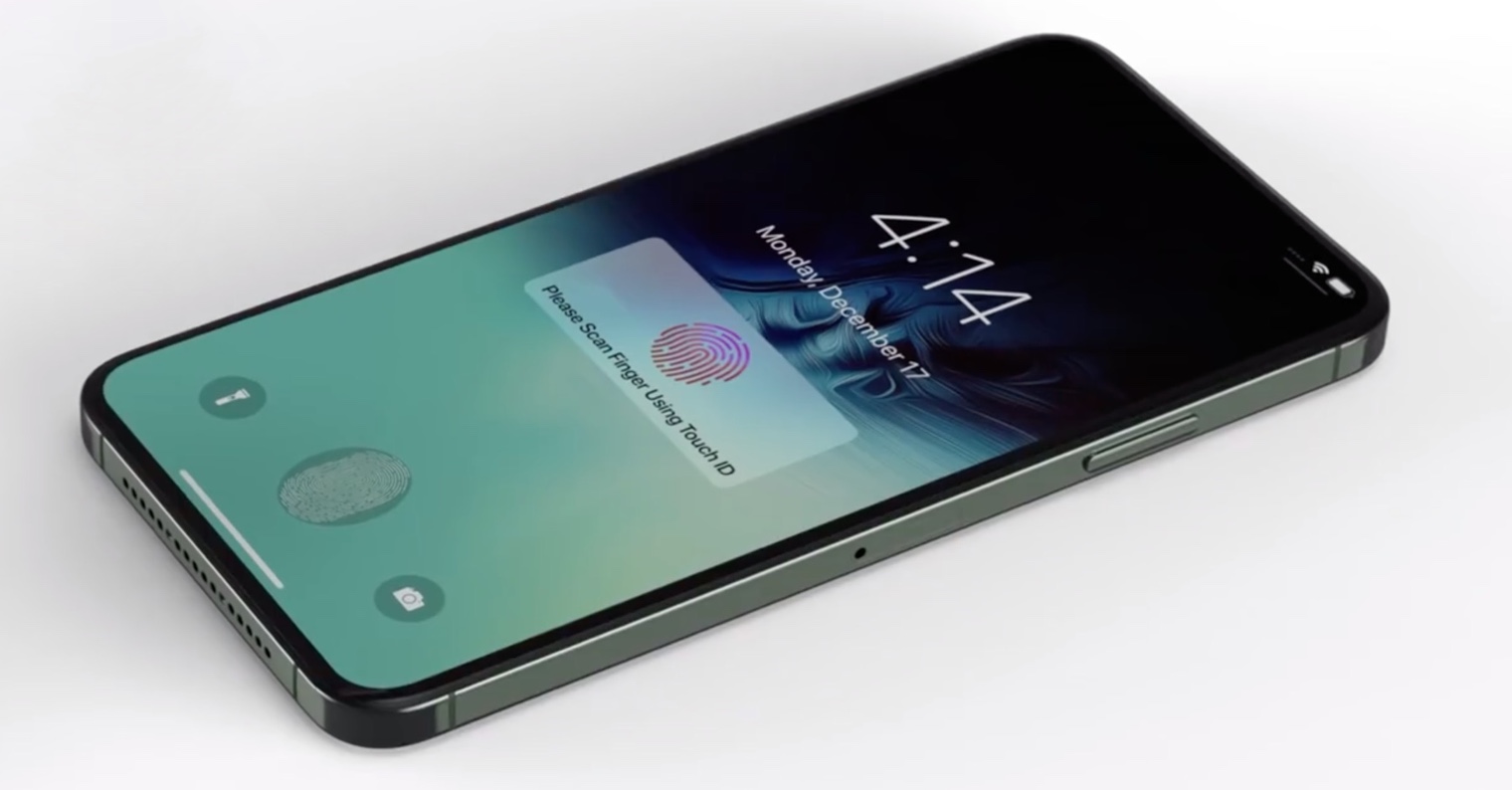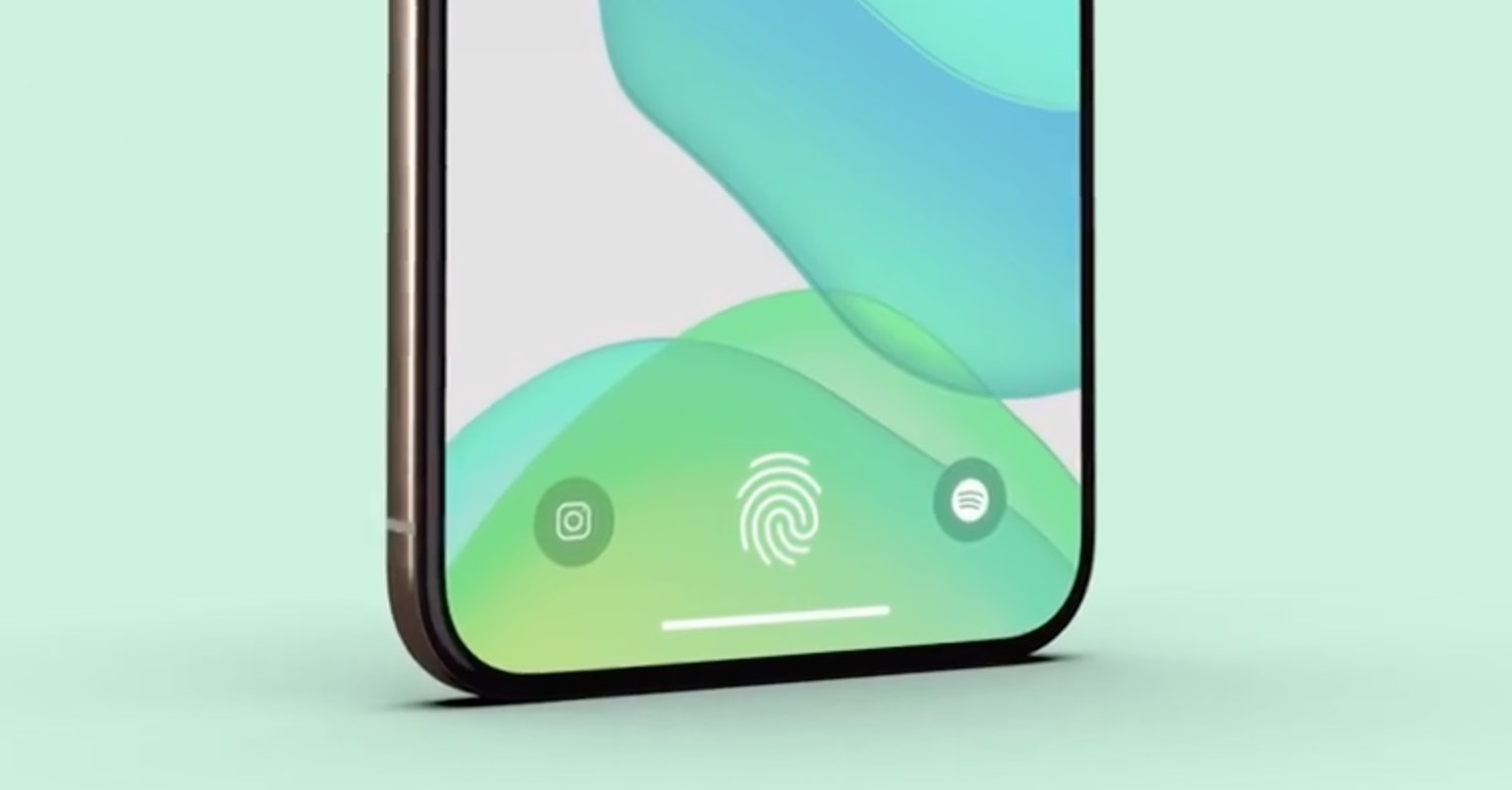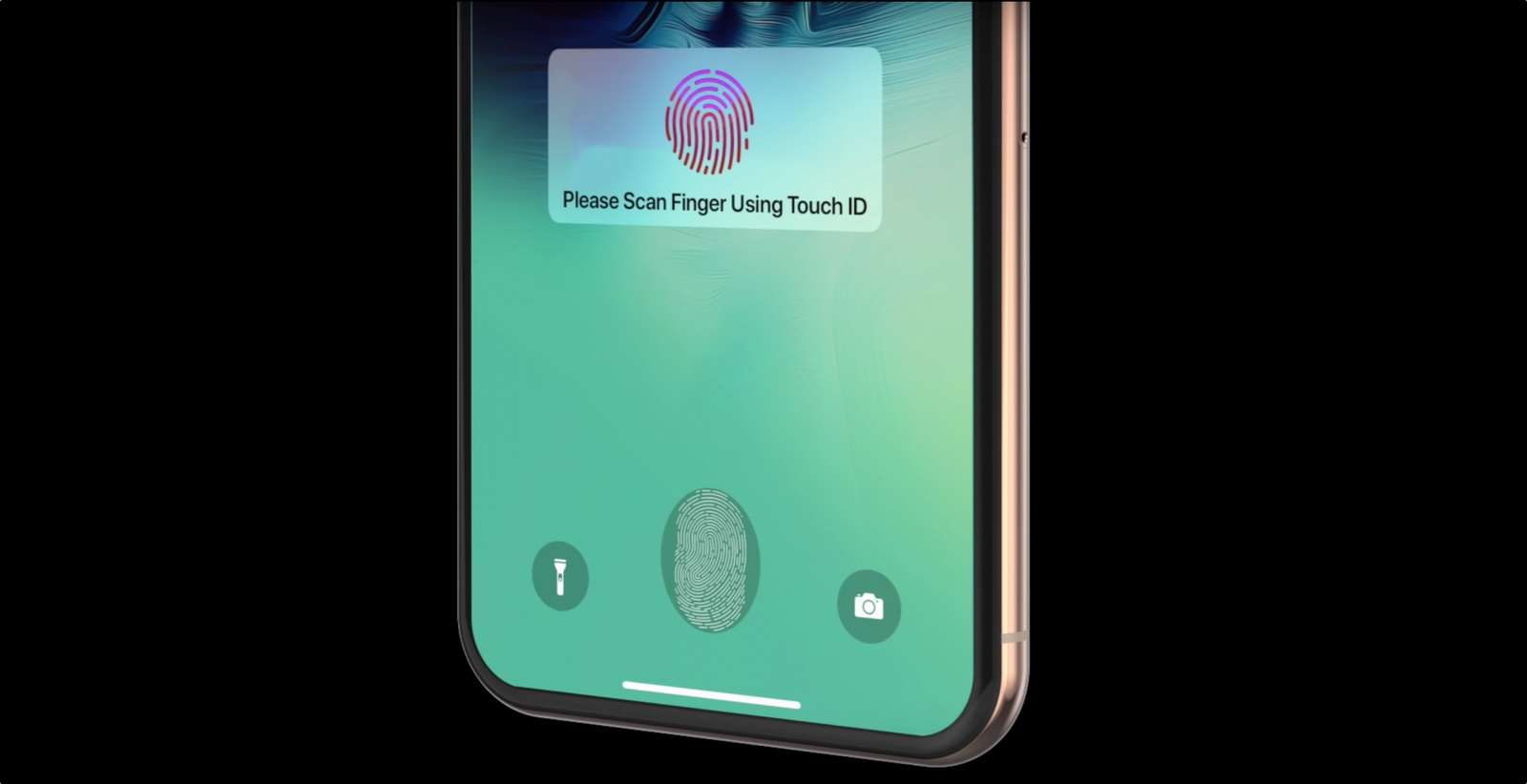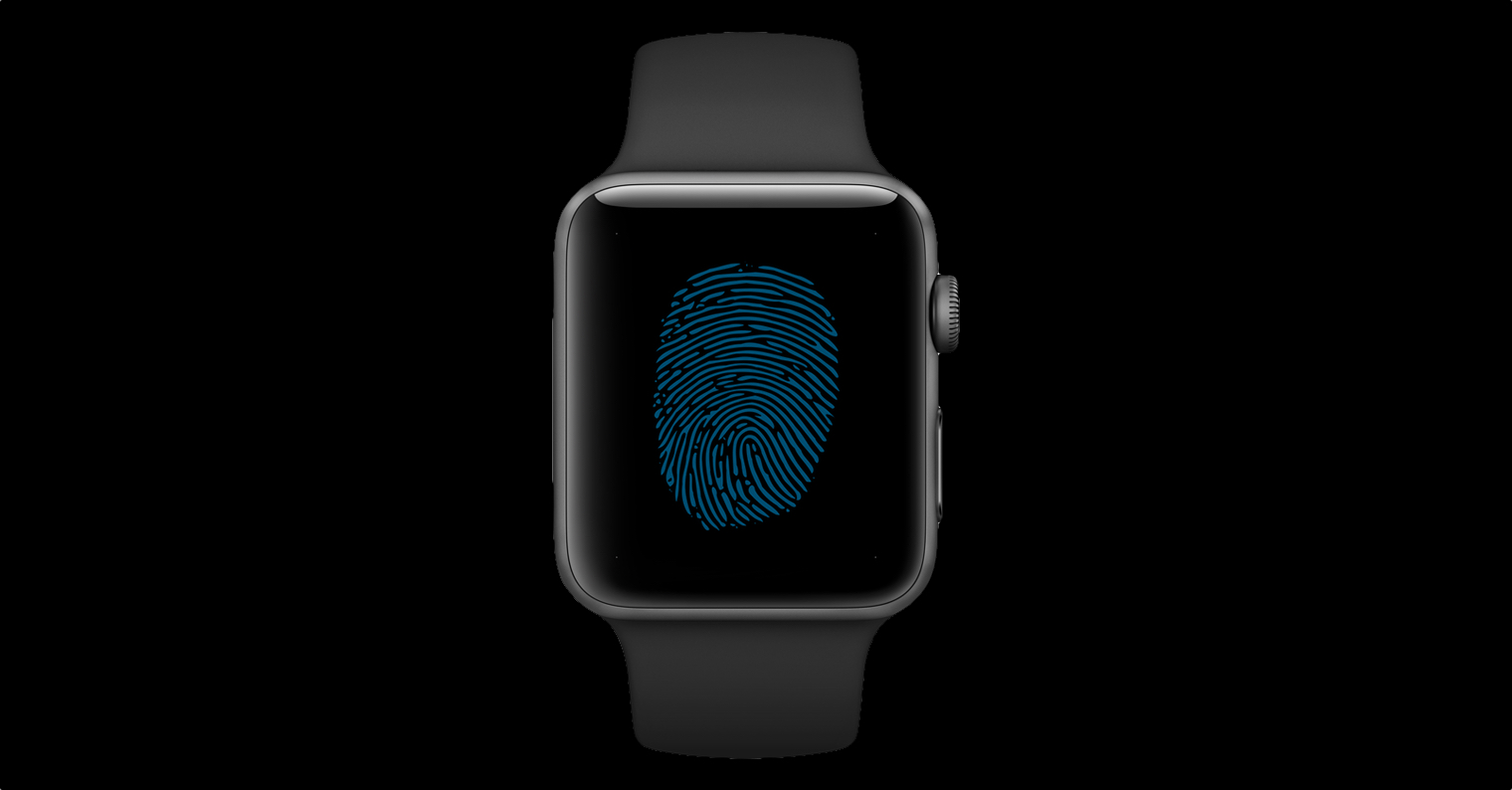For the third year now, Apple has been relying on two completely different biometric authentication methods. While it offers facial recognition in iPhones and newer iPad Pros, it still equips MacBooks and cheaper iPads with a fingerprint reader. And like the company itself before confirmed, the Touch ID technology is not going to just get rid of it, as the latest patent suggests.
Apple was recognized by the US authorities today patent on the Touch ID built into the display. But the technology is not only specialized for iPhones, it can also be used, for example, in the Apple Watch. The condition is that the given device has an OLED display.
It could be interest you
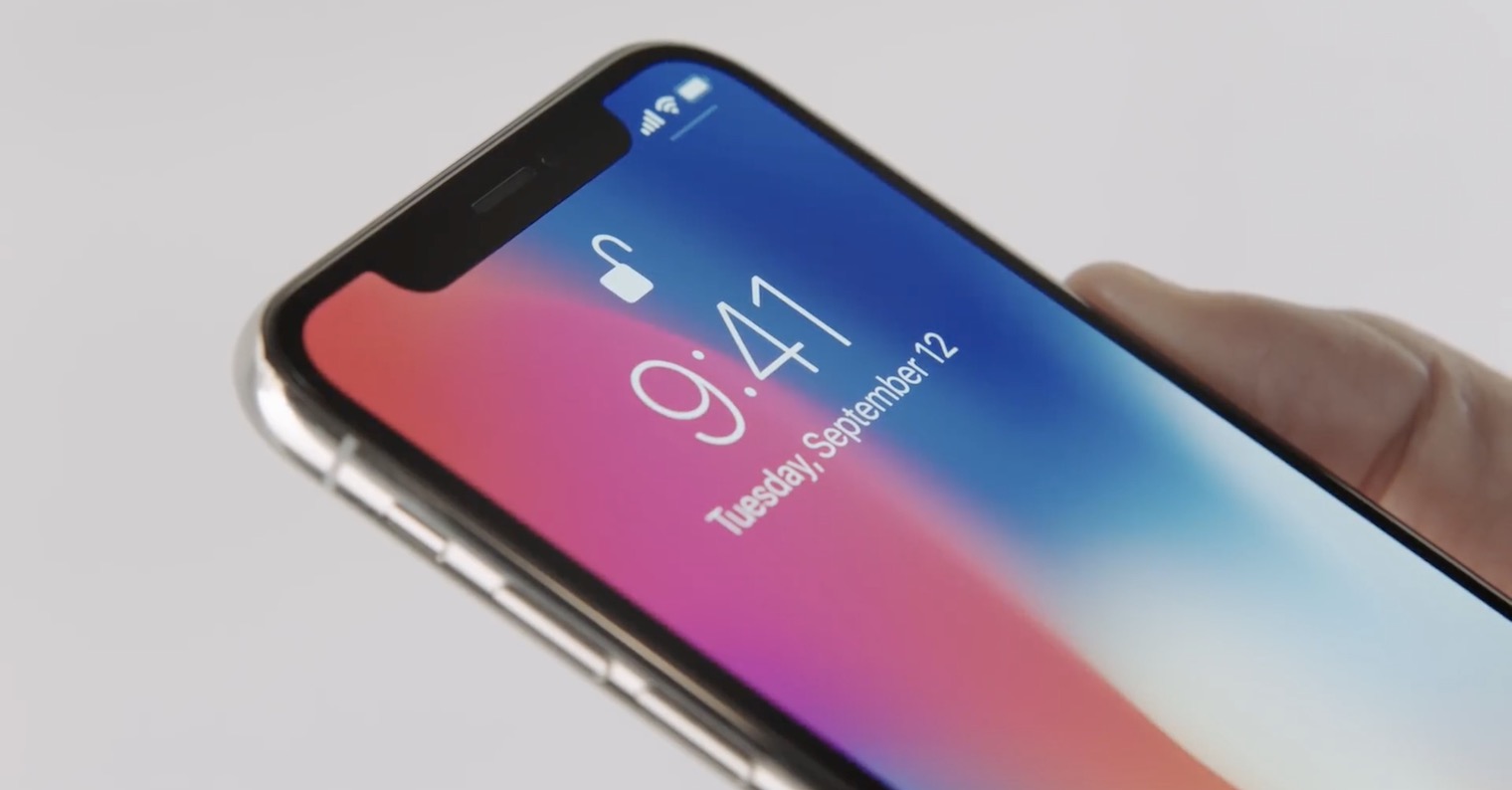
An interesting fact is that Apple relies on an optical sensor in the case of a reader integrated into the display. A more advanced fingerprint scanning method uses ultrasonic waves and thus offers a higher level of security and other benefits. However, the optical sensor is also used in smartphones from competing manufacturers and works reliably.
Until recently, Apple only used a capacitive sensor for its Touch ID, which captures fingerprints using a charge of capacitors. He then moved the same technology from iPhones to iPads, 13″ and 15″ MacBook Pros and also to the latest MacBook Air. But according to the server, the new 16″ MacBook Pro Patently Apple it already uses an optical fingerprint reader, i.e. the same technology that Apple has now patented. The company already filed the patent in March of this year, but it was recognized only now.
There are more and more indications that Apple wants to offer Touch ID in the display for the upcoming iPhones. In early December informed Economic Daily News that Apple is currently negotiating with Korean suppliers so that the sensor in the display can be offered as early as next year in the iPhone 12. However, it is possible that the development will be delayed and Touch ID in the display will not be available until 2021.
Deploying a second biometric mechanism does not necessarily mean that Apple wants to get rid of Face ID, especially since its facial recognition function is significantly more reliable than that of the competition. It is therefore likely that future iPhones will offer both Face ID and Touch ID in the display, or cheaper models will offer one method and flagship models the other.
